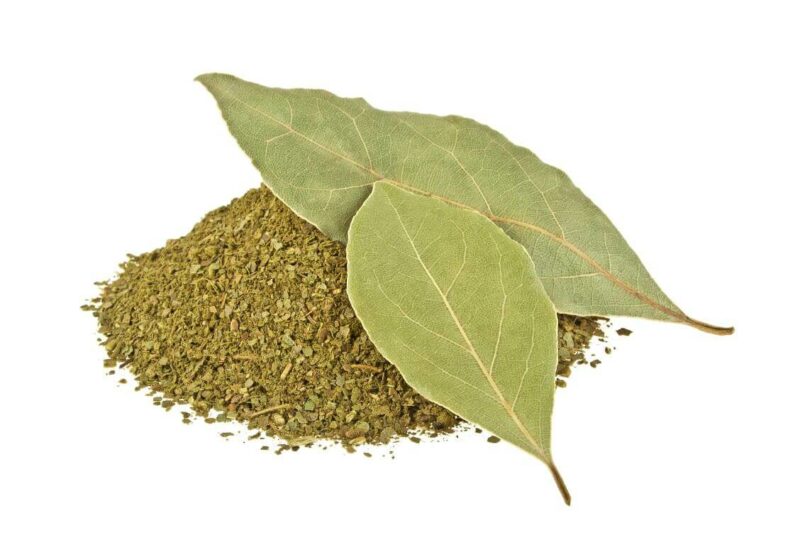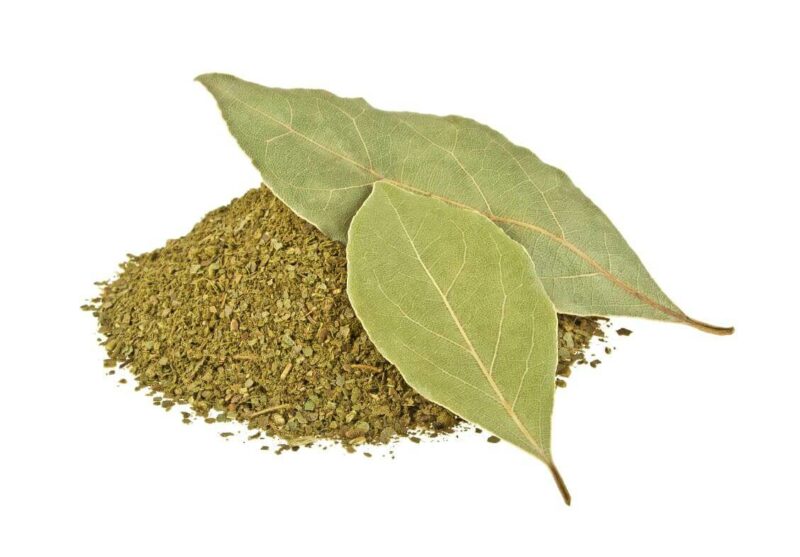Bay Leaves
Bay Leaves
Couldn't load pickup availability
Bay leaves, also known as laurel leaves, are aromatic leaves from the bay laurel tree (Laurus nobilis). These leaves are a staple in many cuisines around the world and have a long history of culinary and medicinal use. Here are some key aspects of bay leaves:
Flavor and Aroma: The leaves have a subtle but distinctive flavor and aroma that is difficult to describe. They add a slightly floral and herbal note with hints of woodiness to dishes. While they are used to infuse flavor, they are typically removed from the dish before serving because of their tough texture.
Culinary Uses: These leaves are a common ingredient in soups, stews, sauces, and braises. They are often used to season roasts, poultry, and seafood. In Mediterranean cuisine, they are a crucial element in the classic bouquet garni, a bundle of herbs used to flavor stocks and broths. They are also a key ingredient in the French blend known as herbes de Provence.
Preservative Properties: Bay leaves contain compounds like eugenol and myrcene, which have natural preservative qualities. Historically, they were used to protect food from insect infestations and spoilage before the advent of refrigeration.
Medicinal Uses: The leaves have been used in traditional medicine for their potential health benefits. They are believed to aid digestion, reduce inflammation, and provide relief from respiratory conditions like coughs and bronchitis. However, it’s important to note that the medicinal use should be approached with caution and under professional guidance.
Symbolism: In ancient times, bay leaves were associated with honor and victory. In Greek and Roman traditions, a wreath of bay leaves, known as a laurel wreath, was a symbol of achievement and was often awarded to victors in athletic and poetic competitions.
Cultivation: The bay laurel tree is native to the Mediterranean region, and its leaves have been used in cooking and medicine since antiquity. Today, bay laurel trees are cultivated in various parts of the world with suitable climates.
Caution: Bay leaves should be used sparingly in cooking because their flavor can be overpowering if too many are added to a dish. Also, since they are not typically consumed but are used for flavor infusion, they should be removed before eating the prepared dish to avoid any unpleasant chewing experiences.
In summary, bay leaves are a versatile herb that adds a subtle depth of flavor and aroma to a wide range of dishes. Their historical significance, culinary versatility, and potential health benefits continue to make them a valued ingredient in kitchens and a symbol of honor and tradition.
Share


